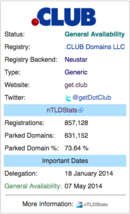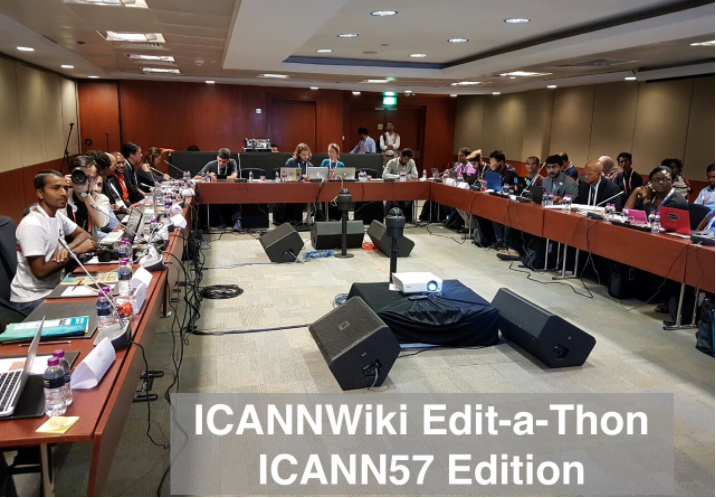Sandbox
Appearance
 |
We are partnering with nTLDStats to provide a robust and comprehensive resource on New gTLDs. By integrating their statistics into our site, we are creating a resource that will make the domain name industry more accessible and demystify the world of New gTLDs. The userbox (pictured left) now features statistics such as registrations and parked domains, as well as important dates relating to each TLD. |

|

|
Create your Personal Page
Whether you are a total newcomer or an industry veteran, you should have an article on ICANNWiki. To create your article, follow the Steps below:
- Enter your name as you would like it to appear and submit.
- Publish the template that is populated.
- Click edit and fill in the article
- Save Changes
Acronym of the Week

